Hungary has made many contributions to the fields of folk, popular and classical music. Hungarian folk music is a prominent part of the national identity and continues to play a major part in Hungarian music. The Busójárás carnival in Mohács is a major folk music event in Hungary, formerly featuring the long-established and well-regarded Bogyiszló orchestra. Instruments traditionally used in Hungarian folk music include the citera, cimbalom, cobza, doromb, duda, kanászkürt, tárogató, tambura, tekero and ütőgardon. Traditional Hungarian music has been found to bear resemblances to the musical traditions of neighbouring Balkan countries and Central Asia.

Zoltán Kocsis was a Hungarian pianist, conductor and composer.

Tibor Varga was a Hungarian violinist, conductor, and world renowned music teacher who developed pedagogic methods for teaching string music. He was a founding member of the string department in the Detmold music conservatory.
Hungarian folk music includes a broad array of Central European styles, including the recruitment dance verbunkos, the csárdás and nóta. It is characterised by complex melodic patterns, rhythmic diversity, ornamentalisation and the use of a distinctive blend of traditional instruments. Instruments traditionally used in Hungarian folk music include the citera, cimbalom, cobza, doromb, duda, kanászkürt, mandolin, tárogató, tambourine, tambura, tekero and ütőgardon.

Iván Fischer is a Hungarian conductor and composer.

The Budapest Festival Orchestra was formed in 1983 by Iván Fischer and Zoltán Kocsis, with musicians "drawn from the cream of Hungary's younger players", as described by The Times. Its aim was to make its concerts into significant events in Hungary's musical life, and to give Budapest a new symphony orchestra of international standing.
Árpád Joó was a Hungarian American conductor and concert pianist.

Zoltán Székely was a Hungarian violinist and composer.
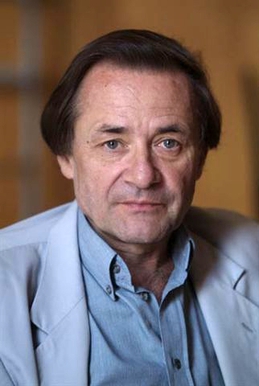
András Ligeti was a Hungarian classical violinist and conductor who worked internationally. He was chief conductor of the Hungarian State Opera House until 1985, and chief conductor to the Budapest Symphony Orchestra from 1989 to 1993. He recorded with a focus on Hungarian music and contemporary music.

Katica Illényi is a Hungarian violinist, singer, dancer and theremin player. She has classical training, and plays in several musical genres including folk music, klezmer and Manouche jazz.
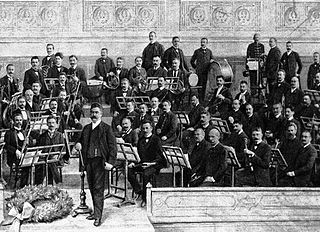
The Budapest Philharmonic Orchestra is Hungary's oldest extant orchestra. It was founded in 1853 by Ferenc Erkel under the auspices of the Budapest Philharmonic Society. For many years it was Hungary's only professional orchestra. The ensemble is an independent body, now organised by musicians of the Opera House, directed by the chairman-conductor and the board of directors. Its main concert venue is the Hungarian State Opera House, where they give around ten concerts per year.

Kálmán Balogh is a Hungarian cimbalom player and leader of Kálmán Balogh's Gypsy Cimbalom Band.
Aristid von Würtzler Hungarian-American harpist, composer, leader of the New York Harp Ensemble.
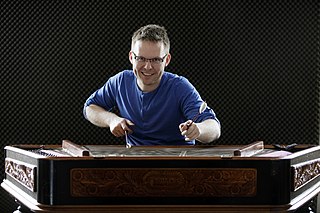
Balint Tarkany-Kovacs is one of Hungary’s foremost cimbalom players, who plays traditional Hungarian music and ethnojazz as well. He is the founder of the band Tarkany Muvek.

Csaba Káel is a Hungarian film director and CEO of Müpa Budapest. He was awarded the Kossuth Prize in 2020 and the Kálmán Nádasdy Prize in 2013.

Ádám Jávorkai is a Hungarian cellist, currently living in Vienna.
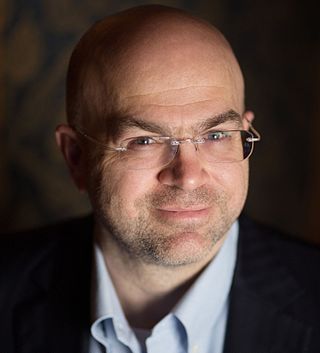
Balázs Kocsár is a Hungarian orchestral and operatic conductor. He was born in 1963 in Budapest. His father Miklós Kocsár is a composer awarded the Kossuth Prize. He studied composition at Béla Bartók Vocational School of Music. Then he entered the prestigious Franz Liszt Academy of Music to study choir conducting under István Párkai which was followed by studies in orchestral conducting under the guidance of Ervin Lukács. He graduated with distinction in 1991. His studies were continued at Universität für Musik und darstellende Kunst Wien under Professor Karl Österreicher. He also participated in master classes led by Helmuth Rilling, Jorma Panula, Moshe Atzmon and Péter Eötvös.
Vilmos Tátrai was a Hungarian classical violinist and the founder of the Tátrai Quartet.
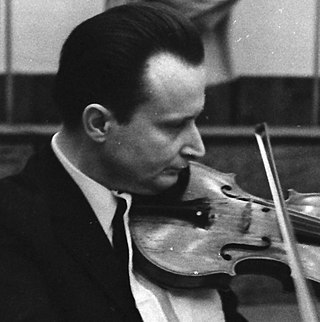
Dénes Kovács was a Hungarian classical violinist and academic teacher, described as "pre-eminent among Hungarian violinists". He won the Carl Flesch International Violin Competition in 1955. In his career as a soloist and recording artist, he premiered and recorded the works of 20th-century Hungarian composers, and was also noted for his recordings of Bartók and Beethoven. From 1967 to 1980, he headed the Franz Liszt Academy of Music in Budapest, Hungary's principal music college. He received many national awards including the Kossuth Prize (1963).

Péter Dobszay Hungarian conductor and organist, winner of the Junior Prima award. He is the artistic director and lead conductor of the Alba Regia Symphony Orchestra, music director of the National Theatre of Szeged, and lecturer at the Liszt Ferenc Academy of Music. He has conducted almost all professional Hungarian symphony orchestras in a wide variety of genres and has performed both as a church organist and as a concert organist throughout Europe and Asia.















